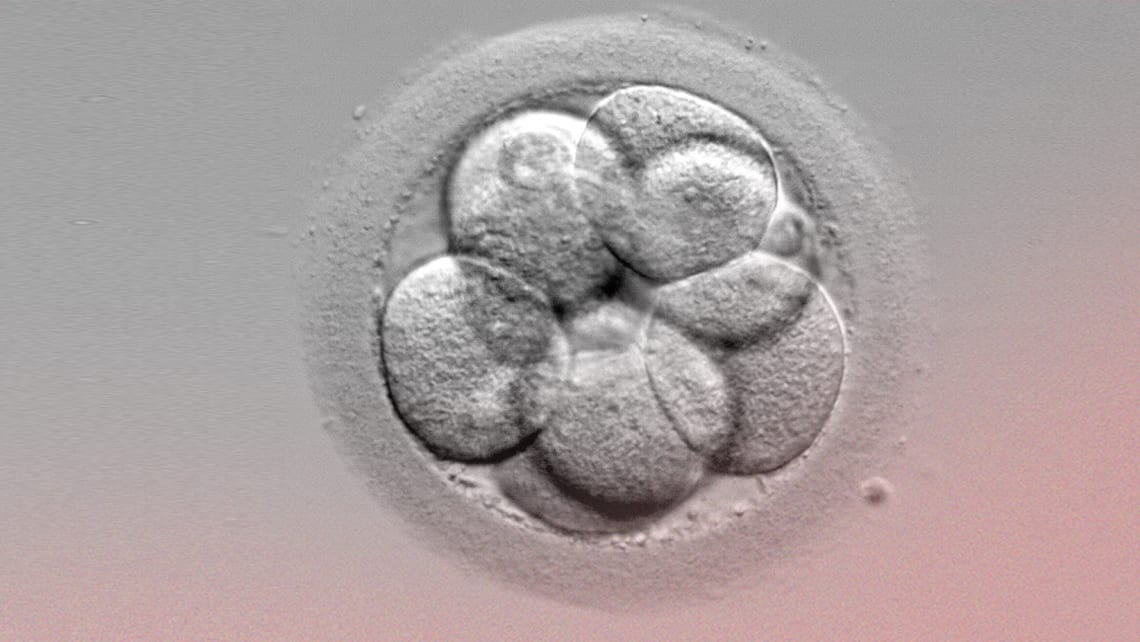
Embryo transfer: How many embryos should be transferred?
In recent years, thanks to long culture and the use of time-lapse incubators, we have been able to preserve embryos in the in vitro fertilisation (IVF) laboratory until day 5-6 of embryo development. This has been an important milestone as it has favoured the transfer of embryos from day 3 to day 5, thus favouring implantation rates. With the advance of assisted reproduction techniques, such as embryo vitrification, allowing us to vitrify surplus embryos with good results, and of laboratory conditions together with the use of personalised ovarian stimulation protocols, the number of embryos necessary to achieve a full-term pregnancy has been reduced.
On day five of embryo development, following IVF treatment, the resulting embryos are morphologically evaluated in the laboratory before being transferred to the mother’s uterus.
From a clinical point of view, it is important to find a balance between increasing the patient’s chances of pregnancy and minimising the associated risks with multiple pregnancy (gestational hypertension, anaemia, premature labour and birth, feto-fetal transfusion syndrome and possible delivery complications).
What factors should we take into account to know the number of embryos to transfer?
In order to choose the best option, the medical team will take into account different factors such as:
- Woman’s age
- Cause of infertility
- Previous IVF attempts
- Number of previous children
- Possible uterine pathologies
- Number of good quality embryos obtained in that cycle.
How many embryos should be transferred?
Currently, law 14/2006, of 26 May, on assisted reproduction techniques in Spain authorises the transfer of a maximum of three embryos in each reproductive cycle of the woman. However, several studies compare the transfer of a single embryo (SET) versus two embryos (DET), observing a reduction in the rate of multiple gestation, while maintaining the pregnancy and birth rates when a single embryo is transferred. This trend, of transferring a single embryo, is contemplated in the national registry of activity, 2019, collected by the Spanish Fertility Society (SEF). Therefore, this is the way forward for IVF laboratories.
Mónica Aparicio, a biologist at Instituto Bernabeu
Bibliography
- Elective single-embryo transfer (Fertil Steril ®2012; 97:835-42. ©2012 by American Society for Reproductive Medicine)
- Single embryo transfer in all infertile couples treated with assisted reproduction produces excellent results and avoids multiple births (Geyter Christian, 2021. Reproductive Medicine and Gynaecological Endocrinology (RME), University Hospital, University of Basel, Switzerland)
- Ley 14/2006, de 26 de mayo, sobre técnicas de reproducción humana asistida (Agencia Estatal Boletín Oficial del Estado)
- Registro Nacional de Actividad 2019- Registro SEF (Informe estadístico de Técnicas de Reproducción Asistida, 2019)
